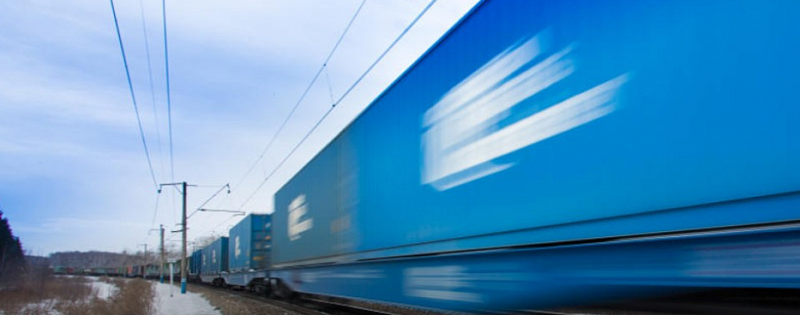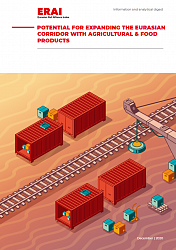An implementation of the plans would see diesel-powered traction providing even more space to electric traction. This in turn will result in a greener approach to transportation. Consequently, diesel fuel consumption is estimated to decrease by 20 per cent in 2025, while greenhouse emissions will decline by 5,6 per cent.
Moreover, Kobzev shared another insight concerning the prioritisation of train traction energy savings. He said that «today more than 4,000 locomotives are equipped with systems that generate the train movement algorithm with minimal energy consumption and can operate in auto-drive. This year we will complete the implementation of this project on the entire railway network». Thereby, he made clear that Russian Railways is committed to the immediate execution of its plans, and the utilisation of the benefits that accompany it.
Electrification as the new norm
Russian Railways is not the only one with an initiative towards the electrification of rail transport. For instance on 16 October 2020, Austrian railway company ÖBB announced that it would invest more than three billion euros per year in the country’s railway network. The investment will use a generous proportion of the money in a project that aims to electrify the whole railway network by 2035. Furthermore, and on the same tone, the Indian Railways announced that by 2023 they aim to be the «world’s largest 100 per cent electrified rail transport system».
On its behalf, the Swedish Government announced, through the minister for infrastructure Tomas Eneroth, that as of 22 October 2020 it established the Electrification Commission. The purpose of this commission will be to «speed up electrification in the transport sector». Earlier this month, Jaroslaw Piotr Stawiarski (member of the European Committee of the Regions), stated in an interview that «modernisation in rolling stock, in terms of energy efficiency, will begin with the shift from diesel-powered to electric rolling stock».
In compliance with TEN-T
The plan of Russian Railways constitutes an excellent example of a turn towards electrification in railway transport and, subsequently, sustainability. Nevertheless, it is one among many, since more and more companies and railway operators are looking towards this direction. Apart from the overall consensus that such a policy would be environmentally and financially beneficial, it is essential to underline that such infrastructure improvements will also align with the directions of the TEN-T regulation, which among others, requires compliance with electrification.




